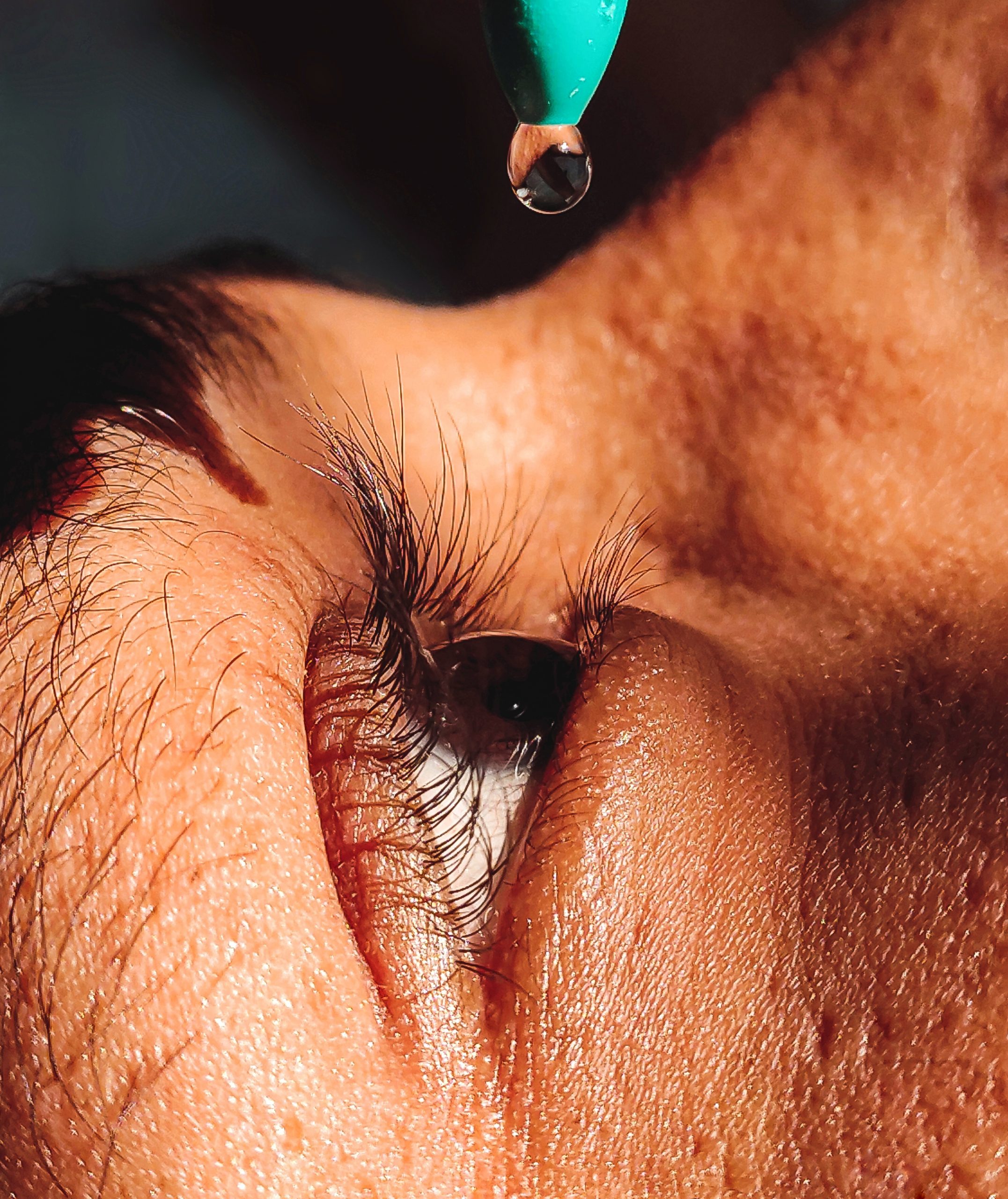Why The Eye Drop Product Recall is causing all this Panic?
Eye drop product recalls are a serious matter that can have significant implications for both the manufacturers and the consumers. When a company issues a recall for its eye drop products, it means that there is a potential safety issue with the product that could harm the user’s eyes or vision. In this article, we will discuss what eye drop product recalls are, why they happen, and what you should do if you have a recalled eye drop product.
Everyone is concerned with the latest eye drop product recall in the USA, that has resulted in 68 patients infected with the bacterium in 16 states, 8 have gone blind and 4 have had their eyeballs removed, according to the CDC’s latest update.
A total of three eye drops under the brand names EzriCare and Delsam Pharma (all imported by Global Pharma Healthcare Private Limited of India) were recalled dealers and ophthalmologists. Two of his eye products from other manufacturers have also been recalled in recent weeks due to unrelated contamination concerns.
This strain of P. aeruginosa is extremely rare and has never been observed in the United States. It is especially difficult for doctors to treat because it has developed resistance to dozens of different antibiotics.
What is an Eye Drop Product Recall?

An eye drop product recall is when a manufacturer or distributor of eye drops voluntarily removes the product from the market or asks consumers to return the product because of a potential safety issue. The safety issue could be related to contamination, defects in the product, or improper labeling.
Why do Eye Drop Product Recalls Happen?
Eye drop product recalls happen for various reasons. The most common reasons include:
- Contamination: Sometimes, bacteria or other harmful substances can enter the eye drop product during the manufacturing process, which can lead to infection or other health problems.
- Defects in the product: The eye drop bottle or dropper may have defects that make it difficult to use or may cause the product to spill or leak.
- Improper labeling: The labeling on the eye drop product may not be accurate or may not provide enough information about how to use the product safely.
- Changes in regulatory requirements: Regulatory requirements for eye drop products may change over time, and manufacturers may need to recall their products to comply with new regulations.
What should you do if you have a recalled eye drop product?

If you have a recalled eye drop product, you should stop using it immediately and follow the manufacturer’s instructions for returning the product. In some cases, the manufacturer may offer a refund or a replacement product.
It is also essential to monitor your eye health closely and seek medical attention if you experience any symptoms, such as eye irritation, redness, or discomfort, after using the product.
If you have any questions or concerns about a recalled eye drop product, you can contact the manufacturer or distributor for more information. You can also check the FDA’s website for information about current and past recalls.
Conclusion
Eye drop product recalls are a necessary safety measure to protect consumers from potential harm. If you have a recalled eye drop product, it is essential to stop using it immediately and follow the manufacturer’s instructions for returning the product.
You should also monitor your eye health closely and seek medical attention if you experience any symptoms after using the product. By taking these steps, you can help ensure your safety and well-being when using eye drop products.
The post Why The Eye Drop Product Recall is causing all this Panic? appeared first on Sunshine Slate.
source https://www.sunshineslate.com/breaking-news/why-the-eye-drop-product-recall-is-causing-all-this-panic/
Comments
Post a Comment